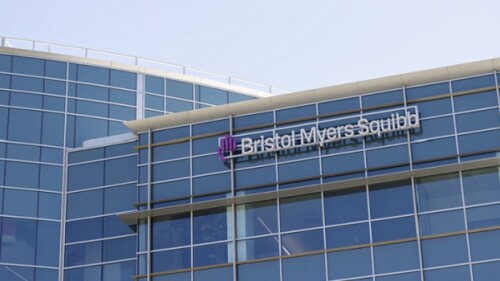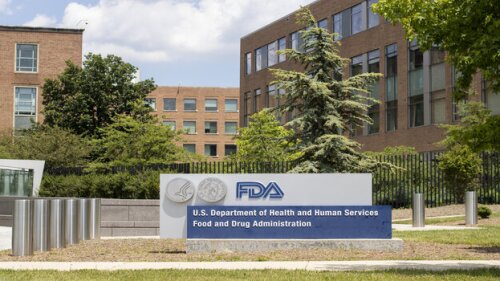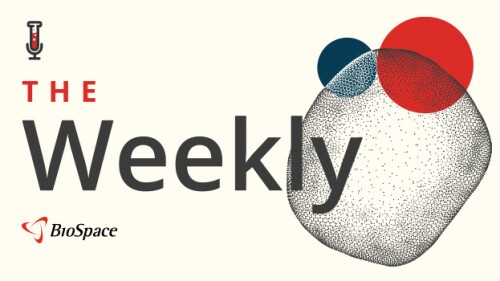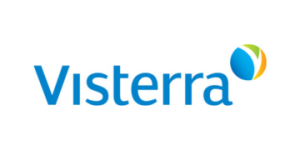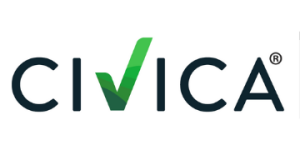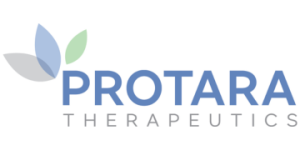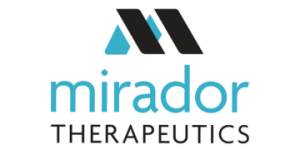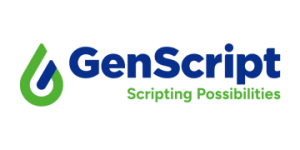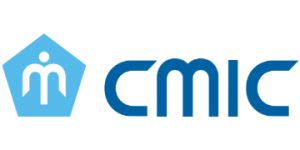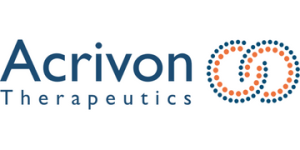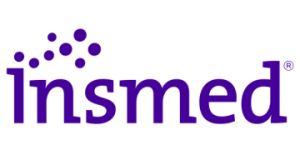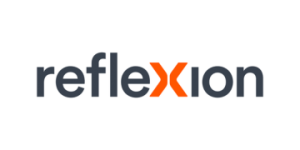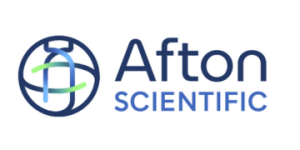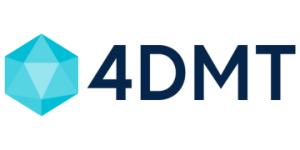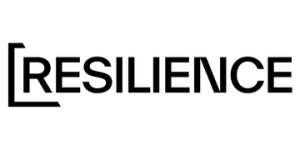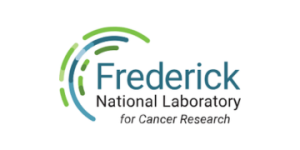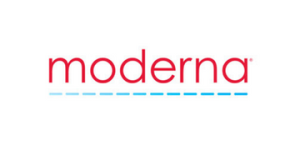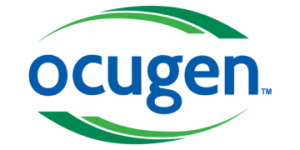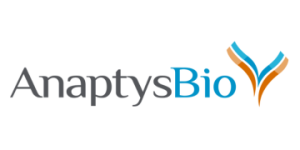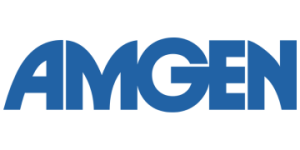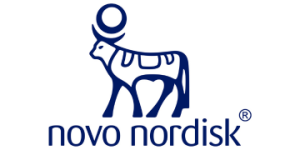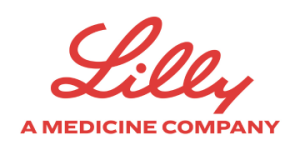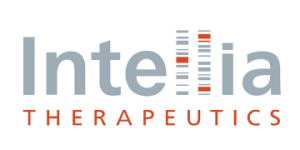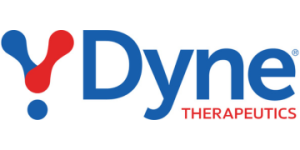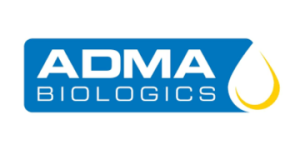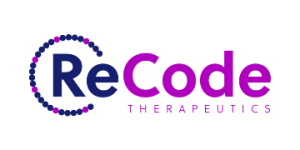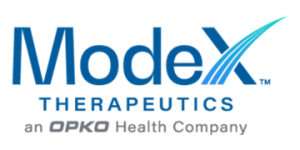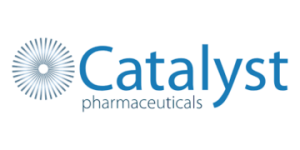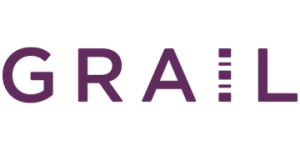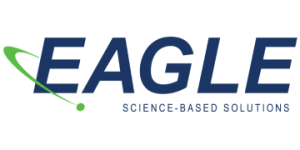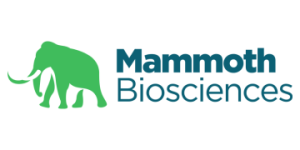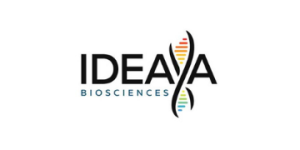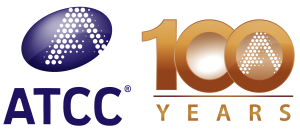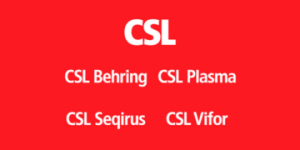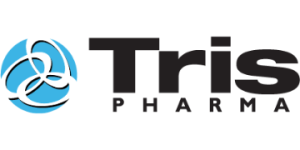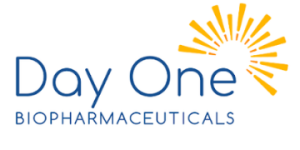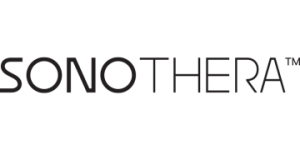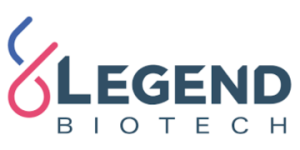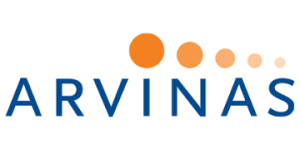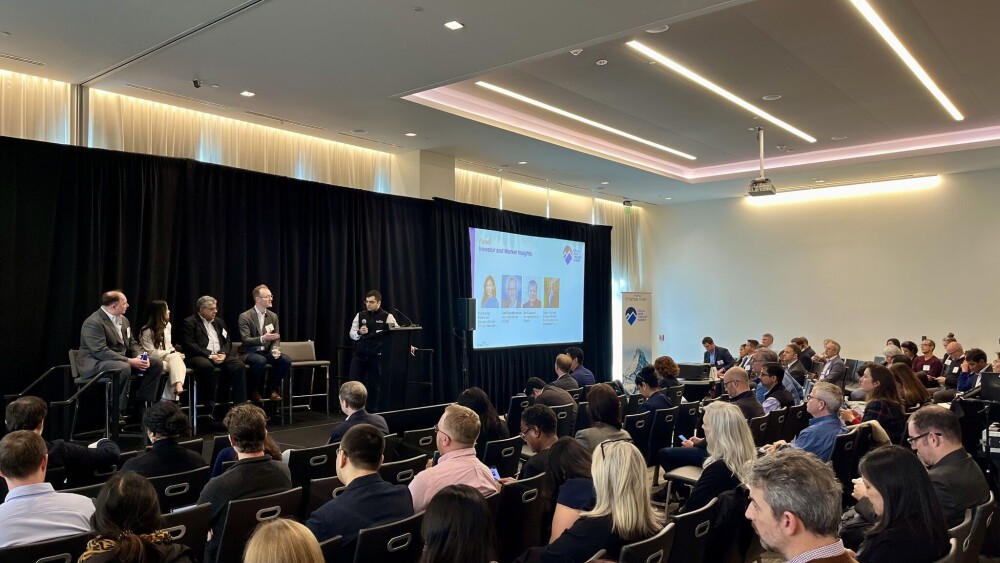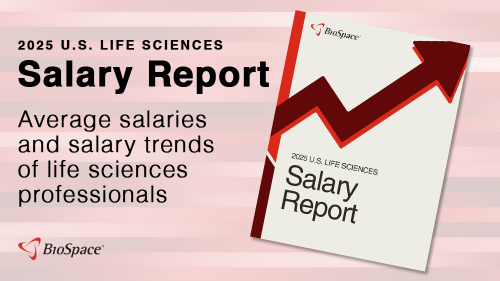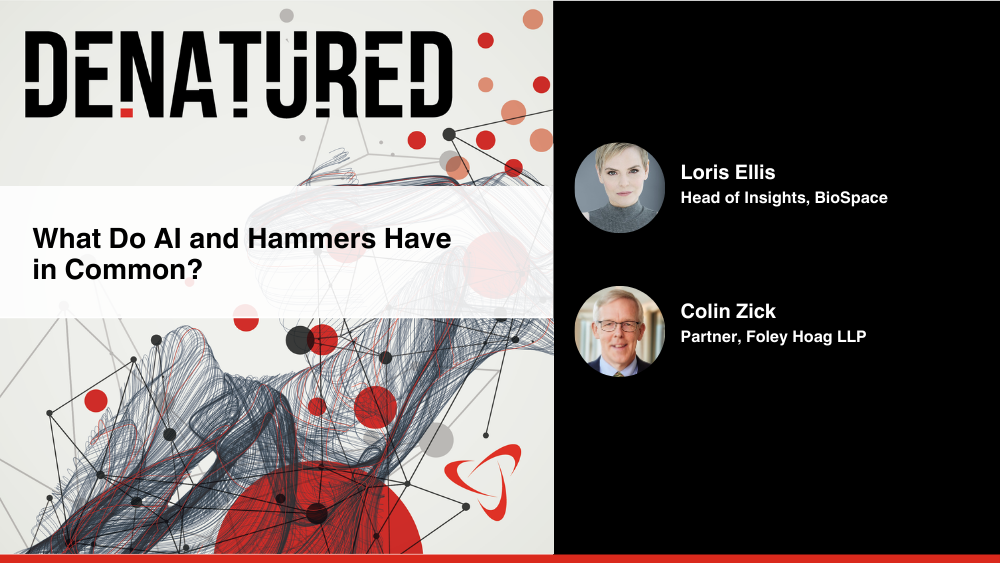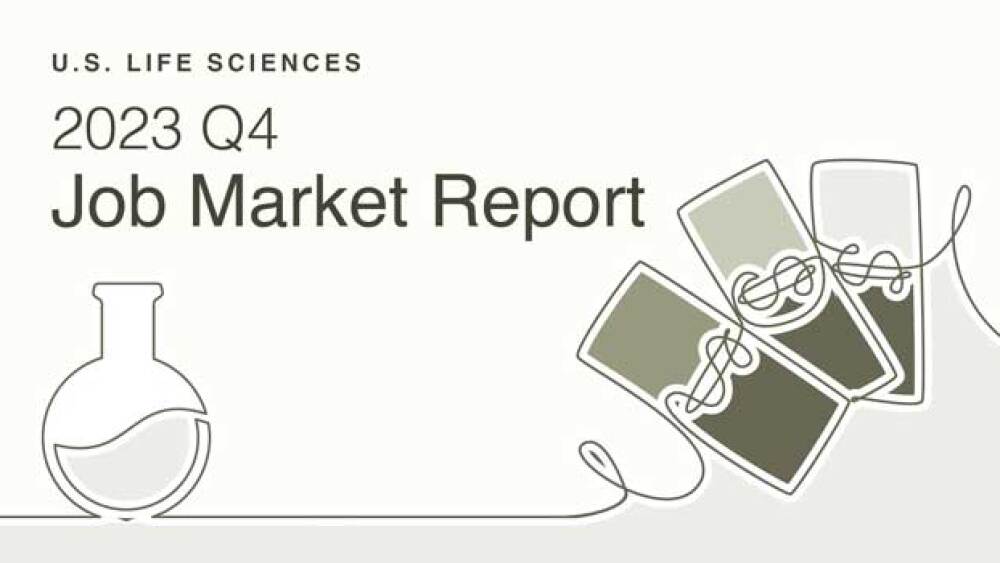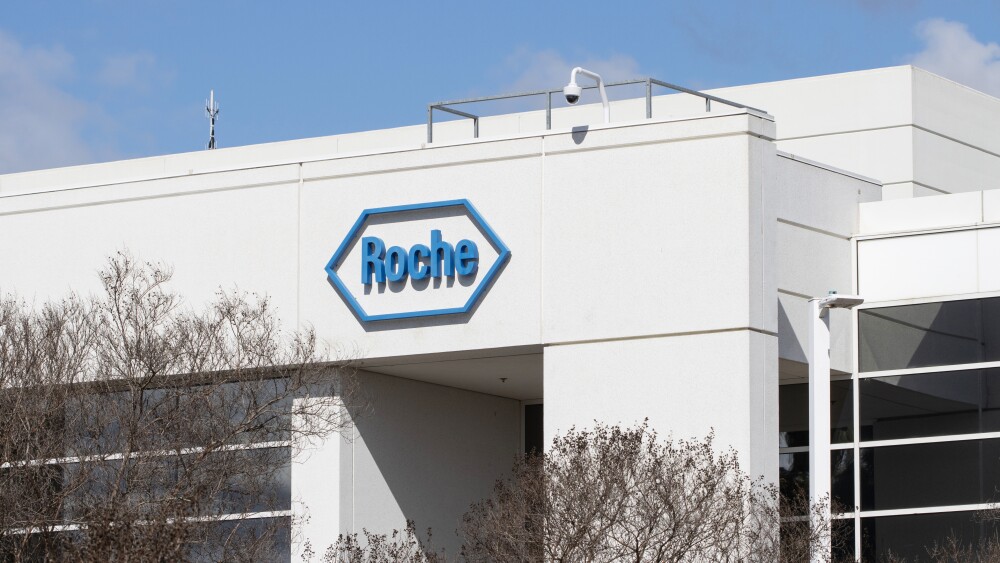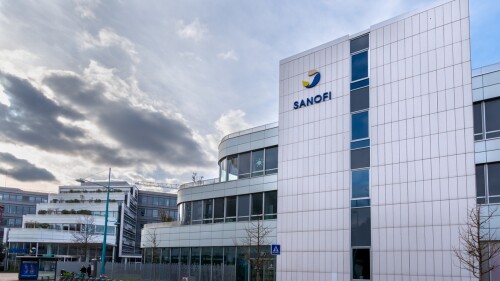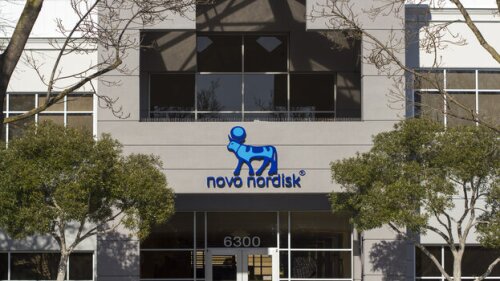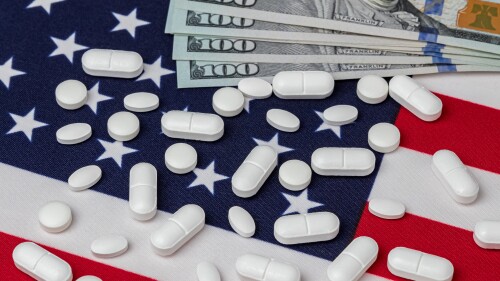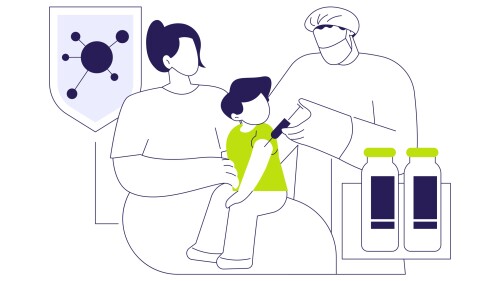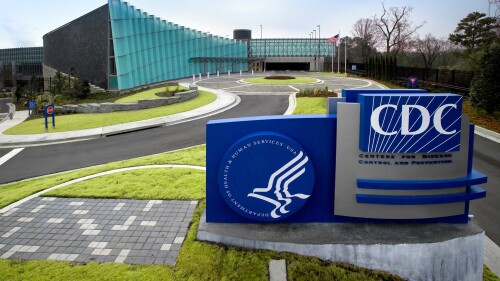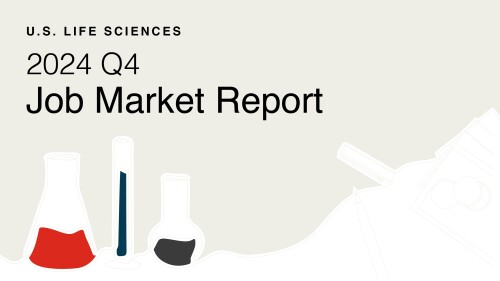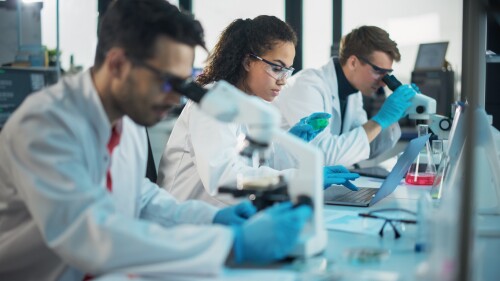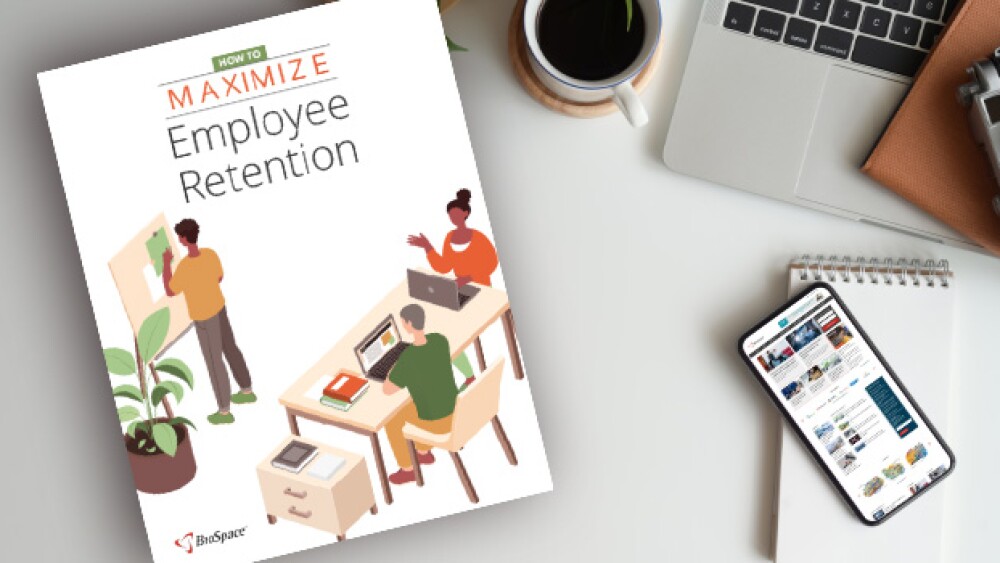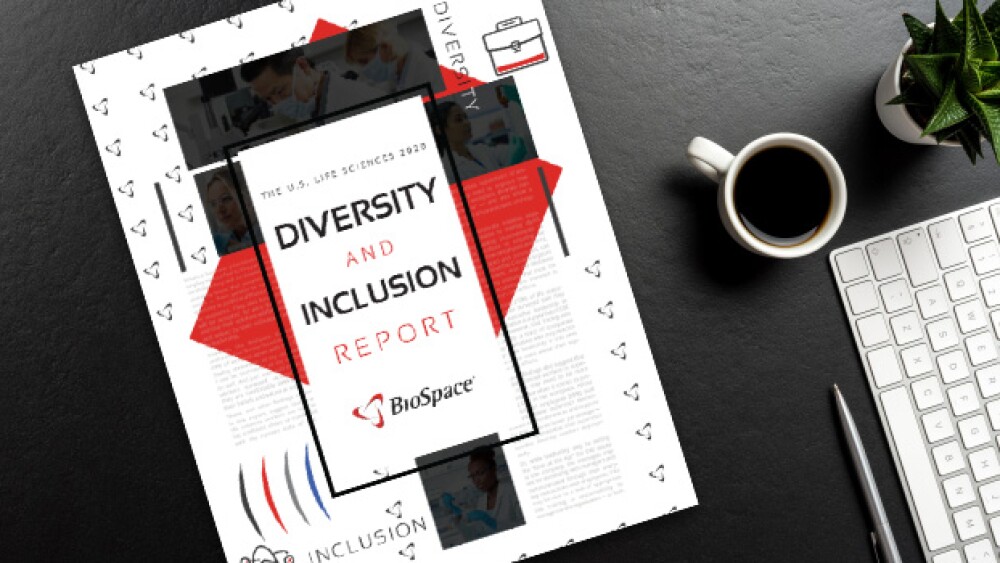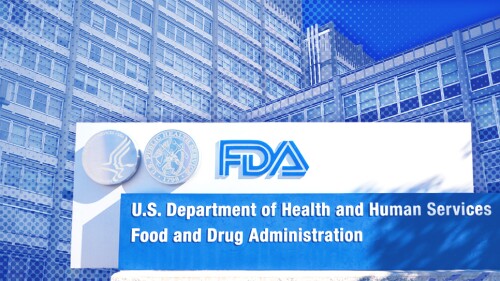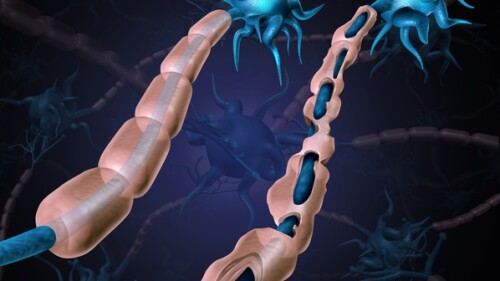Job listings in the area have ticked up in the last month. These seven companies are hiring in South San Francisco right now, including scientist and clinical roles.
Six months after receiving a surprise rejection due to what the FDA called “lack of substantial evidence of effectiveness,” Capricor’s cell therapy deramiocel showed significant benefits in upper-limb function and slowed decline in cardiac function in a Phase III trial.
Analysts had noted “unease” from investors regarding the state of the Phase III ADEPT-2 trial, with BMS at one point telling Leerink Partners that the reopening of enrollment would be a “significant development.”
The Phase III, open-label extension study suggests EPX-100 has a “positive” risk/benefit profile for the treatment of Dravet syndrome, analysts at H.C. Wainwright & Co. said Tuesday.
For certain monospecific antibodies, three-month toxicology studies plus other supportive evidence will suffice, eliminating the need for six-month testing.
Experts unpack the implications of CBER Director Vinay Prasad’s claim that COVID vaccines have caused 10+ child deaths; the 2025 Clinical Trials on Alzheimer’s Disease conference continues following two disappointing readouts; and Novo Nordisk’s amycretin yields promising weight loss results.
FEATURED STORIES
The nausea and other gastrointestinal side effects of weight loss drugs like Novo Nordisk’s Wegovy or Eli Lilly’s Zepbound will limit how much these drugs can help patients and stunt the overall obesity market unless we approach the problem head on.
While investment has slowed in radiopharmaceuticals, analysts predict increased interest to come as Novartis shows just how successful radiopharmaceuticals can be.
The upheaval of the Health and Human Services workforce and leadership leaves much to be desired in terms of delivery, recently retired FDA Chief Information Officer Vid Desai tells BioSpace, but the regulatory agency is evolving to be more open to much needed change.
Had Pfizer’s Freda Lewis-Hall not stepped in, SpringWorks’ rare disease treatment may never have reached patients. Pharmas can act now to help find the next Gomekli.
Having seen Congress spend money to onshore semiconductor production, pharma groups are pushing for similar incentives for domestic drug manufacturing.
Ensho Therapeutics CEO Neena Bitritto-Garg, recently named to BioSpace’s 40 Under 40, proved her mettle managing one of the toughest partnerships out there: the one between Eisai and Biogen that led to new Alzheimer’s drugs Aduhelm and Leqembi.
LATEST PODCASTS
In this episode of Denatured, BioSpace’s head of insights Lori Ellis and Colin Zick, partner at Foley Hoag LLP, spend time discussing some of the points brought up in the Bioprocessing Summit last month. They explore the connections between hammers, AI, The Planet of the Apes and monoliths.
The White House is clamping down on pharma’s ability to buy new molecules from Chinese biotechs; Sanofi, Merck and others abandon the U.K. after the introduction of a sizeable levy; Novo CEO Maziar Mike Doustdar lays off 9,000 while the company presents new data at EASD; Capsida loses a patient in a gene therapy trial; and CDER Director George Tidmarsh walks back comments on FDA adcomms.
This week’s release of the Make America Health Again report revealed continued emphasis on vaccine safety; Health Secretary Robert F. Kennedy Jr.’s faceoff with senators last week amounted to political theater; the FDA promises complete response letters in real time and shares details on a new rare disease framework; and Summit disappoints at the World Conference on Lung Cancer in Barcelona.
Job Trends
A BioSpace survey found that 56% of employed and 81% of unemployed respondents are considering jobs outside biopharma. Some are also seriously thinking about leaving the U.S. to find employment in the field.
Subscribe to GenePool
Subscribe to BioSpace’s flagship publication including top headlines, special editions and life sciences’ most important breaking news
SPECIAL EDITIONS
In this deep dive, BioSpace examines what’s next for Leqembi, the true cost of anti-amyloid antibodies, and what other Alzheimer’s treatments are coming down the pipeline.
If it feels like there has never been a tougher time to look for work, you’re not alone—and you’re likely not wrong.
In this deep dive, BioSpace examines how small, medium and large companies are using artificial intelligence and machine learning to enhance their drug discovery efforts.
DEALS
-
Roche will gain worldwide rights outside of the Greater China region to Hansoh’s HS-20110, an antibody-drug conjugate in early-stage development for colorectal cancer.
-
The partners have yet to disclose what their priority indications are, though EVOQ’s NanoDisc technology aims to enable the development of potentially curative treatments for autoimmune conditions such as celiac disease and type 1 diabetes.
-
Novo Nordisk strikes another deal, this time with Omeros, amid a broader pipeline restructuring that recently claimed its cell therapy work.
-
Bristol Myers Squibb and insitro first partnered in 2020 to develop induced pluripotent stem cell models of amyotrophic lateral sclerosis and frontotemporal dementia. Last December, BMS exercised its option for an ALS target.
-
The acquisition will give BioCryst an investigational injectable drug for hereditary angioedema, potentially complementing its FDA-approved oral drug Orladeyo.
WEIGHT LOSS
-
The reprioritization initiative extends Aldeyra’s cash runway into the second half of 2027.
-
Viking Therapeutics CEO Brian Lian is watching the growth of interest in MASH and obesity but prepared to go it alone.
-
Two patients experienced grade 3 liver enzyme elevations that were deemed related to Terns’ investigational obesity pill TERN-601.
-
Rybelsus can now be used as a primary or secondary prevention pill to lower the risk of major adverse cardiovascular events in at-risk patients with type 2 diabetes.
-
CMS Administrator Mehmet Oz clarified that a deal has not yet been sealed with the manufacturer of semaglutide, Novo Nordisk, or any other GLP-1 drugmaker.
POLICY
-
Companies that have broken ground on or are actively constructing manufacturing facilities in the U.S. are exempted from the tariffs, according to President Donald Trump’s social media post on Thursday.
-
Though details remain scant, the pending order is expected to be the latest effort in President Donald Trump’s campaign to bring drug prices down to the same level as economically similar countries.
-
While last week’s recommended changes by CDC advisors to the MMRV vaccine schedule are unlikely to have a tangible effect on Merck’s business, the company said the removal of choice for healthcare providers is “concerning.”
-
The FDA’s proposed Rare Disease Evidence Principles review process is a starting point for getting rare disease therapies across the finish line, but industry leaders say there are more concrete steps the regulator could take to help patients.
-
After a tension-packed two days that saw recommended changes to the MMRV vaccine schedule and COVID-19 vaccine access, as well as a delayed hepatitis B vaccine vote, policy experts expressed concern with the reconstituted committee’s dearth of previous experience and understanding of their role.
Not everyone who completes a life sciences Ph.D. wants to continue working in a laboratory or in research. If this is the case for you, here are 12 careers for Ph.D. life scientists outside of the lab.
Candidates looking to enter biotech should focus on cultivating key skills, thoughtfully crafting their resumes and putting their best, most authentic foot forward in interviews. An internship, co-op or fellowship won’t hurt, either.
This webinar will help you discover effective strategies for launching your career in biotechnology. You will gain valuable insights from industry experts and leave with the essential tools you need to thrive in this dynamic field.
A clinical research associate is a professional who oversees clinical trials. Here are our top tips on how to become one.
For biopharma executives who are between roles, navigating the transitionary time can be challenging. However, they can remain visible and valuable so they’re ready to seize their next big opportunity.
In a tough labor market where layoffs continue, some are considering—or even moving—from industry to academia, according to a BioSpace poll. A career coach, scientist and general practitioner turned research coordinator share their thoughts.
HOTBEDS
REPORTS
If people are your greatest asset, it is imperative that your organization maintains a positive employer brand presence and talent pipeline. This report covers how you can build a strong employer brand with prospective employees, current employees - and former employees.
In challenging conditions, how can employers optimize the employee experience to retain their top talent and make the most of their current teams?
In the 2020 US Life Sciences Diversity & Inclusion report, BioSpace dives into how different segments of employees experience and perceive policies, attitudes and actions. Our data suggests that there are significant disparities between segments.
CANCER
-
Looking for a job in oncology? Check out the BioSpace list of nine companies hiring life sciences professionals like you.
-
The centerpiece of the deal is orelabrutinib, a BTK inhibitor in late-stage development for multiple sclerosis that Biogen once paid $125 million for but abandoned after less than two years of testing.
-
The business separation, expected to be completed by the end of 2026, will result in two new companies, one focused on biopharma operations and the other on royalty management.
-
The centerpiece of the acquisition is petosemtamab, Merus’ bispecific antibody targeting EGFR and LGR5, which in May demonstrated best-in-class potential for head-and-neck cancer.
-
The FDA in September issued two rejections for spinal muscular atrophy therapies—both linked to manufacturing problems—and granted approvals in Barth syndrome and for a subcutaneous version of Merck’s Keytruda that could be key to the blockbuster’s future earnings.
NEUROSCIENCE
-
Elecsys’ approval could help boost the uptake of currently approved Alzheimer’s disease therapies, including Biogen’s Eisai-partnered Leqembi, with CEO Chris Viehbacher recently noting that such biomarker-based tests could “remove some of the bottlenecks” in uptake.
-
MapLight laid out the terms of its planned IPO in a regulatory filing on Monday, providing greater detail about what the funds will be used for.
-
The hold was placed earlier this year when the FDA asked for more preclinical data, but the agency was slow to respond due to ‘strain’ on its capacity, according to Neurizon.
-
While Bruton’s tyrosine kinase inhibitors are often hailed as the next big breakthrough in multiple sclerosis, Immunic Therapeutics and others are leveraging neuroprotective targets and remyelination to keep the disease at bay.
-
M&A headlined for a second straight week as Genmab acquired Merus for $8 billion; Pfizer strikes most-favored-nation deal with White House; CDER Director George Tidmarsh caused a stir with a now-deleted LinkedIn post; GSK CEO Emma Walmsley will step down from her role; and uniQure’s gene therapy offers new hope for patients with Huntington’s disease.
CELL AND GENE THERAPY
-
The $48 million award, granted through the Advanced Research Projects Agency for Health, will help Kernal take its in vivo mRNA-encoded CAR T therapy forward.
-
The U.S. government remains shut down, with the FDA closed for new drug applications until further notice; cell and gene therapy leaders gather for the annual meeting in Phoenix with the field in a state of flux; Pfizer and Amgen will make drugs available at a discount as President Donald Trump’s tariffs still loom; and new regulatory documents show how Pfizer beat out the competition for Metsera.
-
Takeda wanted to create something new in the cell therapy world by combining the technology with T cell engagers. A series of acquisitions in 2021 started the process.
-
Rocket Pharmaceuticals’ strategic realignment initiative in July pulled funding from fanca-cel, which the biotech was developing for Fanconi anemia.
-
The centerpiece of the collaboration is the gene editor ABO-101, being developed for primary hyperoxaluria type 1, a rare disease that leads to severe kidney stones.






